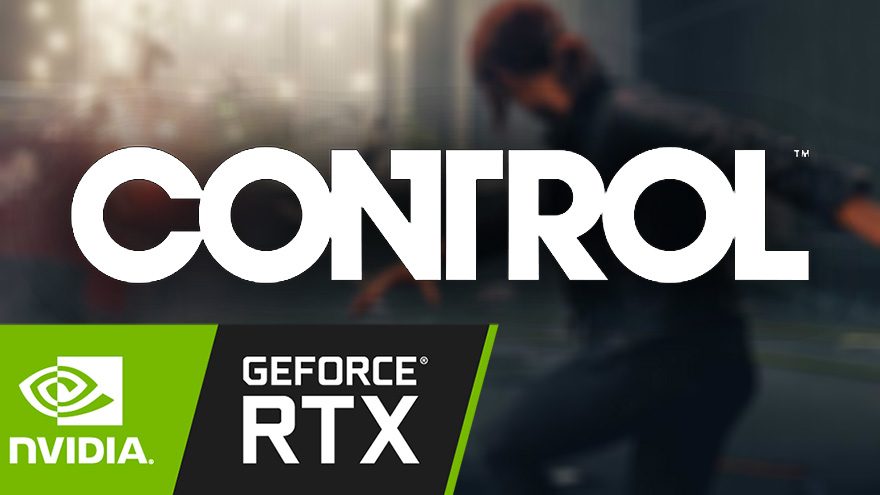Control Ray Tracing Performance – How to Get Your RTX ON
Peter Donnell / 5 years ago

The spiritual successor to Quantum Break has been with us a little while now. However, for many, the game is still proving pretty damn demanding to run. Sure, it’s tempting to go in and hit the ultra graphics button and hope for the best. However, Control is extremely graphics intensive, and clearly tuned to still drop amazing effects on the next generation of graphics cards, and perhaps even on the generation after that. Of course, things get even more brutal on the performance side when you enable Ray Tracing, and that’s what we’ll be looking at today. Exactly what card do you need to get for good Ray Tracing performance in Control?
Control – RTX On
While this game can be played without ray tracing, the graphics feature is pretty much the big-ticket selling point of this game. The game is pretty decent too, but we’re not here to review it, it’s been out for a while now and that base has been nicely covered. What you must remember, however, is that ray tracing is only really playable on the flagship Nvidia RTX class cards. That’s the RTX 2060, RTX 2070, RTX 2080, and RTX 2080 Ti. Of course, that also covers an RTX 20xx SUPER series cards too.
What Kind of Ray Tracing Does Control Use?
Control uses three main Ray Tracing technologies and is also the first to implement translucent reflections. It’s the most comprehensive deployment of ray tracing technology to date. As such, it’s also one of the most demanding when it comes to getting good performance.
Check out what Nvidia had to say about these features below or on the Nvidia blog here.
Ray-Traced Translucent Reflections
Control is the first game to feature ray-traced translucent reflections. Unlike screen space techniques which can only reflect what’s on-screen, ray-traced reflections incorporate the entire scene around the character, and can accurately represent objects outside the camera view, or facing away from the camera. Within the game, the reflections bounce off of opaque materials like brushed metal, but more importantly, off of translucent materials like windows so we can see what is behind the glass too.
Ray-Traced Indirect Diffuse Lighting
“Indirect diffuse lighting” means light bouncing between non-glossy surfaces. When this indirect light is taken into account, you get a more realistic image on screen. Ray-traced indirect diffuse lighting in Control is composed of two parts: for nearby surfaces, we trace a ray to evaluate one bounce of real-time (dynamic) diffuse reflection. If no nearby surfaces are found, we use the ray information instead to sample pre-computed global illumination information at a more optimal location. The end result is that lighting feels more “natural” and objects “sit” better in the scene.
Ray-Traced Contact Shadows
A hybrid technique where we trace shadow rays to add accurate shadowing on any surface that is close to the shadow caster. This enhances surface and contact details and fixes problems associated with traditional shadow mapping techniques like aliasing, freckling and disconnected shadows. Further away from the shadow caster, we blend with traditional rasterized soft shadows using shadow maps.



















